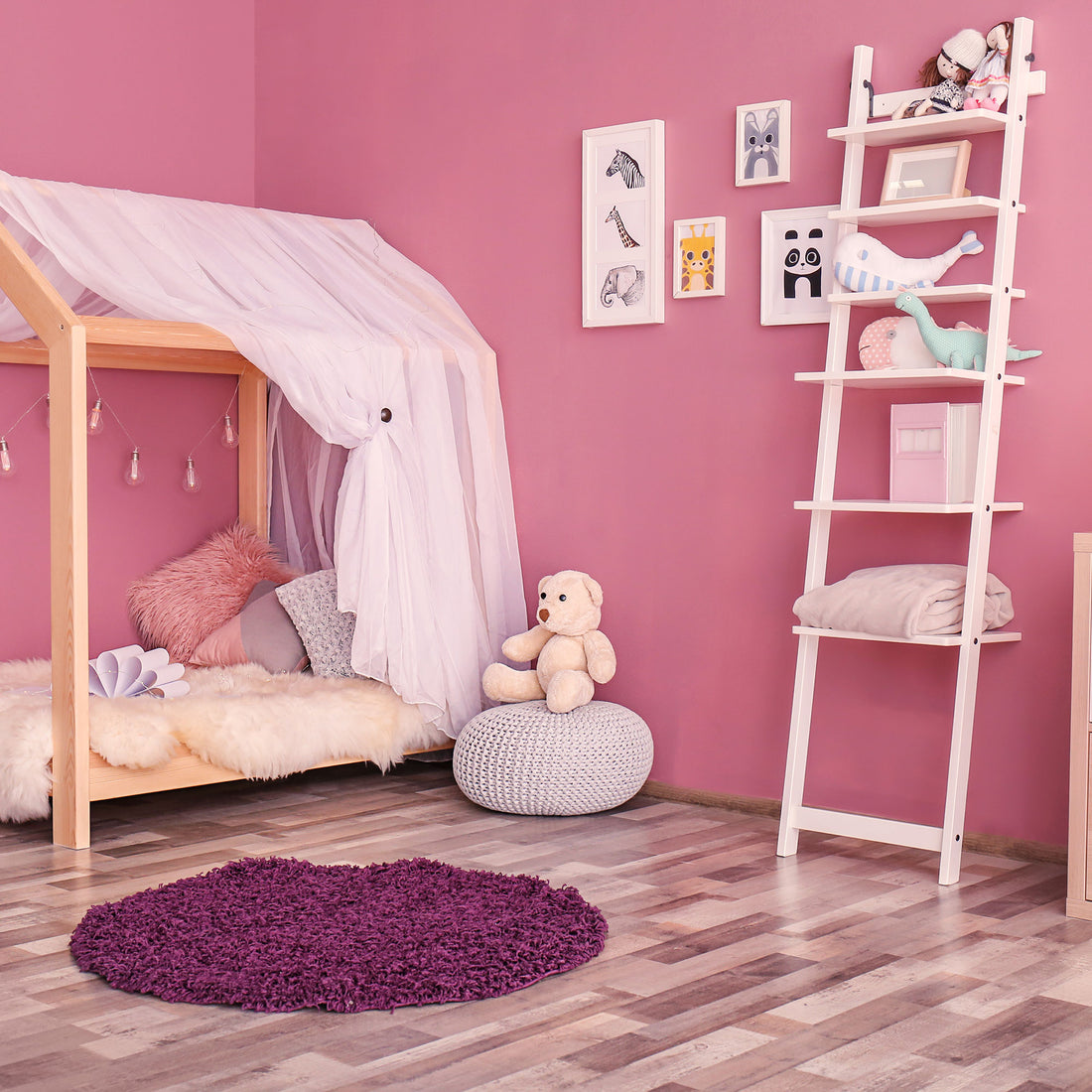Decorating a child's room goes beyond creating an aesthetically pleasing space; it can also have a significant impact on their mental well-being. In this blog post, we will explore the relationship between room decoration and mental health in children, discussing the importance of decorating, the influence of colors on behavior, and identifying the most calming colors for a child's room.
Why is it important to decorate a kids' room?
Decorating a child's room is essential for creating a space that is comfortable, engaging, and reflective of their unique personality. A thoughtfully designed room can provide a sense of ownership and identity for children, making them feel safe, secure, and supported in their personal space. It offers an opportunity for self-expression, encourages creativity, and fosters a positive emotional connection with their surroundings.
Is decorating good for mental health?
Decorating a kids' room has been linked to positive mental health outcomes. A well-decorated room can contribute to a child's emotional well-being, enhancing their mood, self-esteem, and overall happiness. It provides a sense of control, promotes imagination and playfulness, and creates a sanctuary where children can relax, recharge, and find comfort during challenging times.
How can kids' room colors affect behavior?
Colors have a significant influence on our emotions and behavior, and this effect extends to children as well. Bright and vibrant colors, such as yellows and oranges, can stimulate energy, creativity, and enthusiasm. On the other hand, soft and muted colors, such as pastels or neutrals, promote a sense of calmness, serenity, and relaxation. It is important to consider a child's temperament and preferences when choosing room colors to create an environment that supports their emotional well-being.
What is the most calming color for kids?
When it comes to creating a calming atmosphere in a child's room, soothing blues and greens are often considered the most effective. These colors are associated with tranquility, serenity, and harmony, helping children relax, unwind, and find a sense of peace in their space. Pastel shades of blue or green can be particularly effective in creating a calming ambiance.
What colors to avoid in a kids' room?
While color preferences can vary, it is generally recommended to avoid using overly bright or stimulating colors, such as intense reds or bold oranges, in a child's room. These colors can be visually overwhelming and may contribute to increased hyperactivity or agitation in some children. It is important to strike a balance and choose colors that promote a soothing and nurturing environment.
What colors can have a calming effect on a child?
Apart from blues and greens, other calming colors for a child's room include soft shades of lavender, gentle pinks, and serene pastels. These colors can help create a peaceful and serene atmosphere, promoting relaxation, tranquility, and better sleep quality for children.
Decorating a kids' room goes beyond mere aesthetics; it can significantly impact a child's mental health and well-being. By creating a personalized, engaging, and calming environment, we provide children with a sense of comfort, security, and self-expression. Thoughtful color choices and overall room design can positively influence their mood, behavior, and emotional well-being. So, let's embrace the power of decoration and create nurturing spaces where children can thrive, explore, and develop their mental health in a positive and supportive way.

